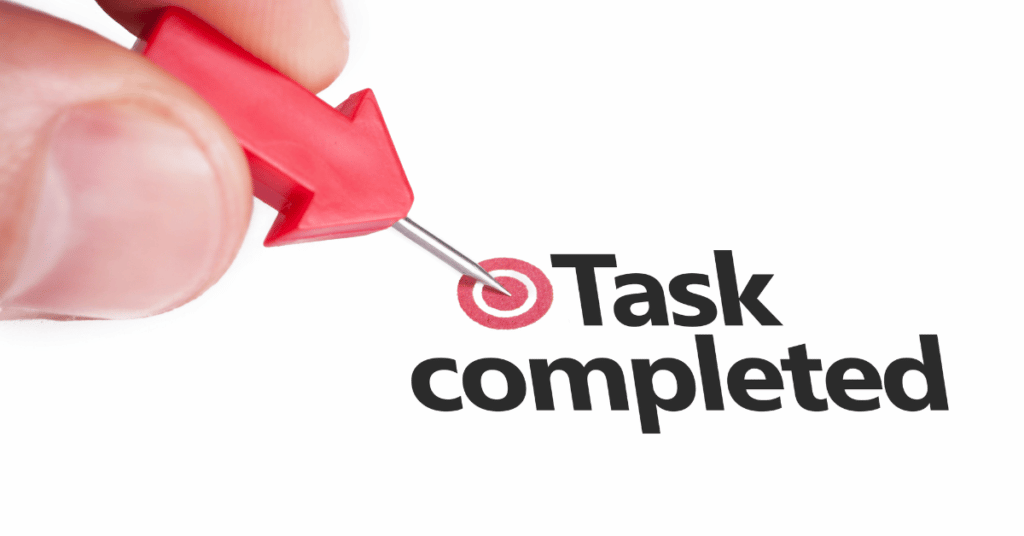PEEL writing is fundamental writing controlling the direction of your information.
It is essentially a valuable method that basically prevents your essay from going to the doldrums.
You need the PEEL checklist for 3 reasons:
• To ensure you do not write a whole chunk of opinions without substantiation
• To keep your arguments tight so that you will have 3-4 valid key points
• To keep your essay on track
You will need the PEEL Master Checklist when you write your Continuous and Situation papers.
The longer the content, the more useful PEEL will be.
How do you actually use the PEEL?
Firstly, you state your Point, followed by Evidence, Explanation, and lastly the Link back.
I – The Point
The Point is the most important as you should choose it carefully. It should sync with the question and pave the way for the evidence to follow.
So, what is the big deal about stating the point, you may ask?

Stating the point accomplishes 2 tasks.
One, you tell the reader what you are thinking. It is not enough that you know what you are thinking. Sometimes, when we are in the midst of writing, we tend to get carried away with our thoughts.
Writing the Point will announce to the reader that you are following this trend of thought and they will know that you are relating to the question. This method accomplishes the all-important task of impressing the examiner if you are writing for an exam or test.
Secondly, writing the Point means that you yourself will be on track and this prevents you from repeating it later. The Point is at the start of each paragraph and it states a vital view. It sets the paragraph in the right direction and allows the rest to follow.
It is a signal that you are managing the question correctly.
II – Evidence
This is an important factual portion of your PEEL. Without evidence, the entire PEEL falls flat on its face.
Evidence is written by way of statistics, observation of current happenings, or simply an anecdote. Evidence reinforces the Point and tells the reader that it is a valid point worth noting.
This is a vital part of the organisation of your paragraph as most students leave out evidence altogether. Students generally feel that if the opinion is strong enough, people should know that it is valid.
Not so. You should always assume that the reader is not informed.
And with that in mind, write your evidence, alluding to Who, What, When, Where, Why and How. Any combination of these, not necessarily all of it, will be evidence.
How do you get Evidence?
You gain evidence from content. Your reading material and what you think is going on in society will form your evidence. It has to be real and truthful.
Imagine a CNN reporter announcing that the Delta variant had broken out in Delhi and they do not just state that. They are actually seen standing in a hospital somewhere in Delhi, recording the number of patients struck with it, how they are struggling to overcome it and what the medical staff are doing.
They recount the facts in bare simplicity and in shocking clarity. That is how you should write your evidence. It should be as if you had recorded it. So, read and accumulate your evidence.

III – Explanation
This is where your powers of persuasion and subjective views come in handy. Your explanation should expound on what you had written in the evidence portion. You need to state what you feel and this should stem from your emotional point of view or your sense of what is right or wrong.
Usually, a moral point of view prevails. An explanation should move the reader to think that the evidence you had quoted really substantiates the point and this is the part where you induce the reader to be on your side.
Your powers of persuasion should shine here.
IV – The Link Back
This is the part where students simply leave the paragraph dangling with their opinions.
Ok, I have already stated what I feel, so why do I need this? Sometimes they ask me ‘how do I write this?’
This is the part where you link back to the question and state that the point alludes to the question. You should state the relevancy of whatever you had written to the question because without that, it may seem out of point. This reinforces the entire paragraph.
Once you write the link back, you have secured your entire argument and it is foolproof.
Keep this PEEL Master Checklist with you as a handy guide or just start writing your paragraph in this format.
It should perk up your entire essay. Good luck with your next one!
